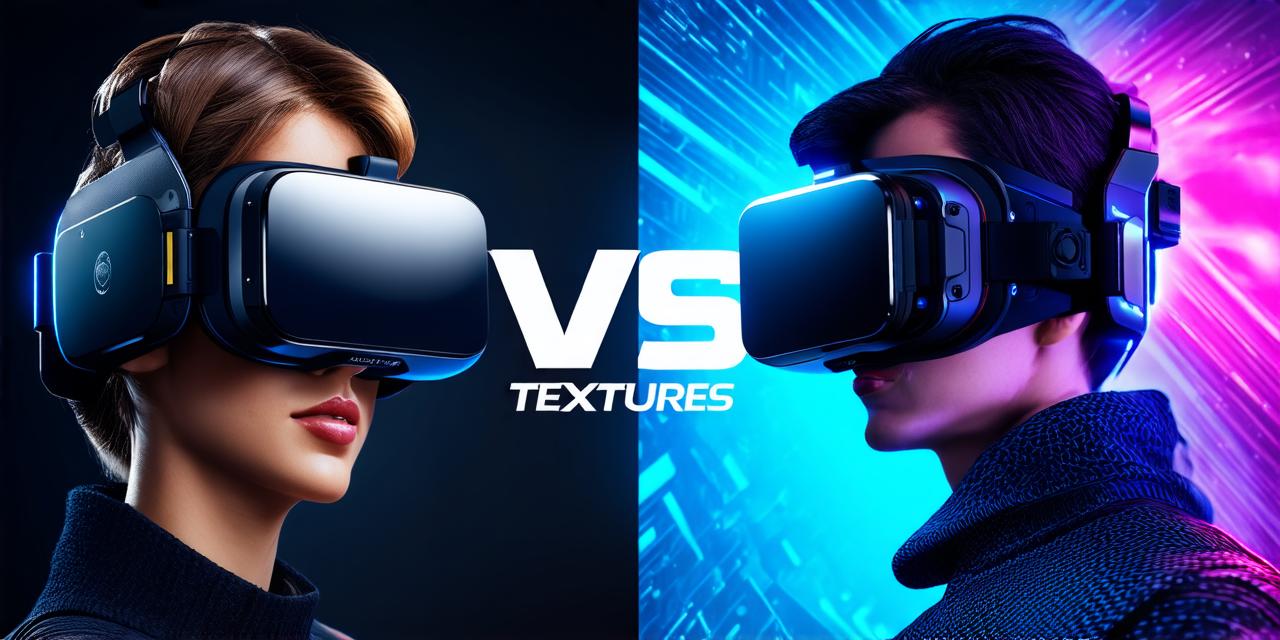
What sets augmented reality apart from virtual reality?
What is Augmented Reality?
Augmented reality (AR) is a technology that overlays digital information onto the real world. It enhances our perception of reality by adding additional layers of digital content to it. AR allows users to interact with both the physical and digital worlds simultaneously, creating an interactive experience that is both immersive and engaging.
AR can be used in various applications, from entertainment to education. For example, AR can be used in gaming, where virtual objects are superimposed onto the real world, allowing players to engage with them in a whole new way. In addition, AR can be used in training and education, where digital content is added to physical objects or environments to enhance learning experiences.

What is Virtual Reality?
Virtual reality (VR) is a technology that creates a completely immersive digital environment for the user. VR involves wearing a headset or other device that blocks out the real world, allowing users to fully immerse themselves in a digital environment. This can be used for entertainment purposes, such as gaming or watching movies, or for educational and training purposes.
Virtual reality is often associated with science fiction, but it has many practical applications in the real world. For example, VR can be used in medical training to simulate surgical procedures, allowing doctors to practice without risking patient safety. In addition, VR can be used in architecture and design, where users can visualize and test different designs before building them in the real world.
What Sets Augmented Reality Apart from Virtual Reality?
While both AR and VR involve immersing users in digital environments, there are several key differences that set them apart. These include:
-
Level of Immersion: Virtual reality is more immersive than augmented reality. In VR, the user is completely cut off from the real world, while in AR, the user remains connected to both the physical and digital worlds.
-
Real-Time Interaction: Augmented reality allows for real-time interaction between the physical and digital worlds. This means that changes made in one world can be immediately reflected in the other, creating a seamless and interactive experience. Virtual reality, on the other hand, is typically static, with users able to interact with the environment but not make changes to it in real time.
-
Cost and Accessibility: Virtual reality requires expensive hardware, such as headsets or specialized displays, while augmented reality can be accessed through a smartphone or tablet. This makes AR more accessible and affordable than VR, which can limit its adoption to those with the necessary resources.
-
Real-World Applications: Augmented reality has many practical applications in the real world, such as gaming, education, and training. Virtual reality, while still useful, is primarily used for entertainment purposes, such as gaming or watching movies. This can limit its potential impact in certain industries.
FAQs
Can virtual reality be used for practical applications?
Yes, virtual reality has many practical applications in the real world, particularly in industries such as medical training and architecture.
What makes augmented reality different from virtual reality?
AR allows for real-time interaction between the physical and digital worlds, while VR is typically static. AR is also more accessible and affordable than VR due to its lower hardware requirements.


